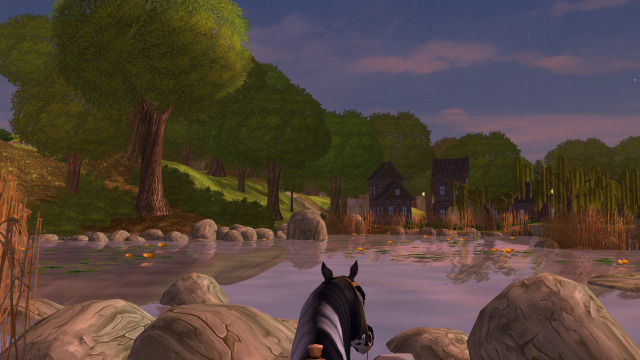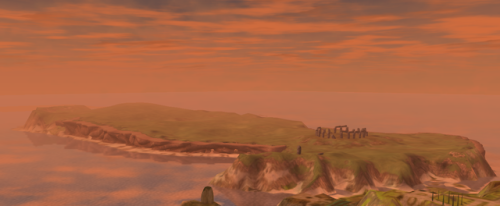

Nature threw out the rulebook here, with bizarrely twisted, buckled and contorted lava pinnacles flinging up from the rust-red, desert-like landscape.

Save climbing Teide for another day – if you want the full-on explosive drama of the national park without the uphill slog, Roques de García chucks you in at the geological deep end. Roques de García Trail is the easiest walk, perfect for familiesģ.5km (2.2 miles) round trip, 2 hours, easy Alternatively, if you would prefer some company and don’t want to do the paperwork, join a guided hike. Just 200 permits are issued per day, so if you want to tackle the peak in the high season, you’ll need to plan months ahead. Good weather is essential if you want views. Spring and fall are perfect times for this highly memorable climb because you’ll dodge the winter snow and summer heat and get to see the landscape at its least crowded and most photogenic, with crisp light, wildflowers and perhaps a light dusting of snow. The base station is 3km from the trailhead. From here, your poor, tired legs will welcome the cable car down. From here you can take in the rust-red ridges of La Fortaleza, which fling up like natural fortifications, the Huevos del Teide (“Teide Eggs”), enormous boulders of magma – technically accretion balls – that rolled down the mountainside when the volcano erupted, and much of the island’s north. Or content yourself with the views from Mirador de La Fortaleza lookout point (3537m) at the upper cable car station. Providing you’ve got a permit, you can continue to the crater for even more staggering views.
#Crescent moon village star stable crack
Grab a drink and enjoy a packed picnic before continuing over tongues of lava to the upper cable car station, where the views crack open. Before you know it, you’ll be on Teide’s dark slopes and hoofing it up a breathtakingly steep ridge to the 3270m (10,728ft) Refugio de Altavista, where stargazers and those wanting to glimpse the summit at sunrise bed down for the night. Starting at the foot of Montaña Blanca, the trail eases you in gently on a path traversing lava and pumice, but don’t be fooled. Often emerging above a blanket of clouds, the crater has top-of-the-beanstalk views across the lunar valley below, pockmarked with cañadas (depressions), and far beyond to the islands of La Gomera, La Palma and El Hierro, which shimmer across the Atlantic. This hike is the big one: a rough, tough, but massively rewarding ascent to Spain’s highest peak and a volcano to top them all: 3715m (12,188ft) Pico del Teide. Bernat Bacete / Getty Images Pico del Teide is the highest hike with out-of-this-world viewsĨ.3km (5.2 miles) from Montaña Blanca–La Rambleta, 5-6 hours, challenging At the end of a sweaty day, you can swim in a bay to cool off, with a plate of fresh seafood and cold cerveza waiting for you on shore.Īscend Spain's highest peak, Pico del Teide © Jose A. The best part? It’s all marvelously accessible, with trails easily reached by bus and car, and many suitable for kids. Clamber along cliffs on the savagely beautiful coast, with the Atlantic booming below, slip through subtropical terraces stippled with banana trees and palms, tread softly through primeval laurel forests, and rise at the crack of dawn to climb a volcano above a lavascape that looks like Mars – then you’ll feel the island’s true wonder. With a mellow year-round climate and an insane amount of biodiversity packed into a small space, Tenerife deserves to be better feted for its out-of-this-world hiking. Only when you strike out on foot can you even begin to appreciate how utterly wild this island really is.

You can swoon over views from road-trip lookouts, but nothing beats whacking on hiking boots and hitting the trekking paths for a taste of Tenerife way beyond the tourist trail.


 0 kommentar(er)
0 kommentar(er)
